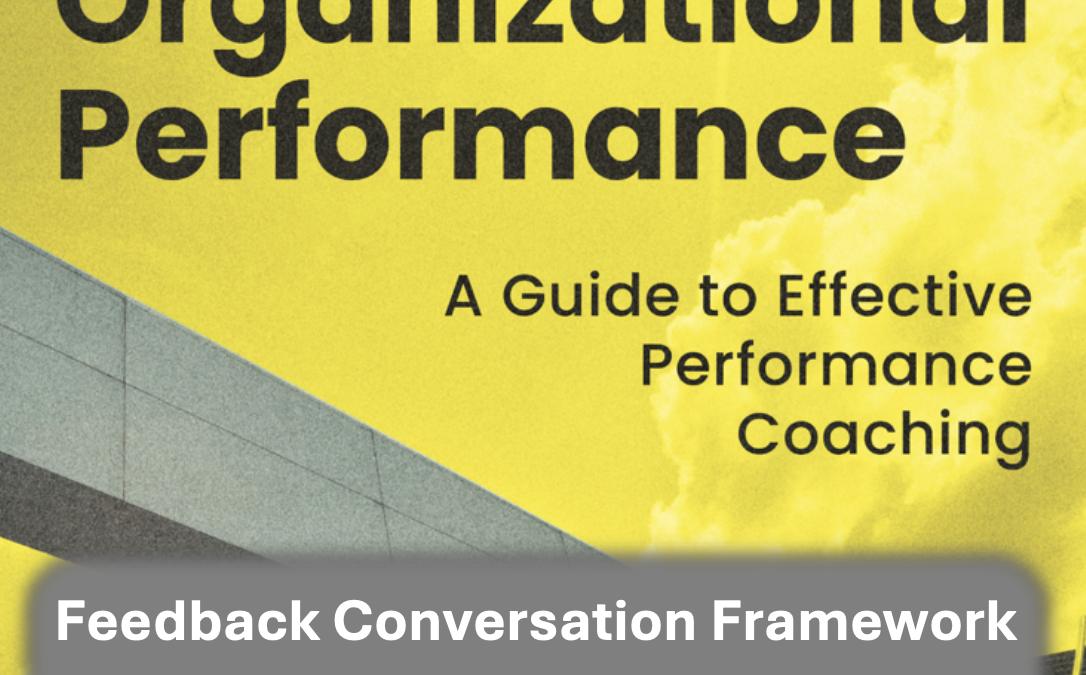The ROI of Investing in Your People: Why Talent Development Is Non-Negotiable

Talent is your greatest asset, but are you investing in it wisely?
When budgets tighten and priorities shift, talent development is often one of the first areas organizations cut back on. Yet research and real-world experience tell a different story: organizations that invest in their people outperform those that don’t.
For HR decision-makers and business leaders, the question isn’t whether to invest in your people—it’s how to do it in ways that drive measurable results.
The True Cost of Neglecting Talent Development
While the price tag of development programs is easy to calculate, the hidden costs of neglecting them can be staggering. Consider these impacts:
- Turnover
Employees who don’t feel supported in their growth are more likely to leave. According to studies, replacing an employee can cost between 50% and 200% of their annual salary. - Engagement Drop-Off
A lack of development opportunities leads to disengagement, which directly impacts productivity. Disengaged employees cost companies billions in lost productivity each year. - Missed Innovation
Without ongoing development, employees lack the skills and mindset to adapt and innovate in rapidly changing industries.
In contrast, organizations that invest in their people create cultures where employees feel valued, motivated, and empowered to perform at their best.
What Does Strategic Talent Investment Look Like?
- Personalized Development Plans
- One-size-fits-all training is a thing of the past. Today’s employees expect tailored opportunities that align with their individual goals and aspirations.
- Action step: Work with employees to co-create development plans that focus on both current roles and future career paths.
- Coaching as a Core Practice
- Coaching goes beyond traditional training by fostering a culture of continuous growth and feedback.
- Action step: Train managers to adopt a coaching mindset, helping employees navigate challenges and unlock their full potential.
- Upskilling and Reskilling
- As industries evolve, employees need new skills to stay competitive. Organizations that prioritize upskilling are better positioned for long-term success.
- Action step: Identify future skill gaps and invest in training programs to bridge them before they become critical.
- Measurement and Accountability
- Development programs should deliver measurable results that align with business goals.
- Action step: Define clear metrics for success, such as retention rates, engagement scores, and productivity improvements, and evaluate progress regularly.
The ROI of Talent Development
Organizations that invest in their people see tangible returns:
- Higher Retention: Employees are more likely to stay when they see a clear path for growth.
- Improved Performance: Well-developed employees contribute to higher productivity and better outcomes.
- Stronger Culture: A commitment to development fosters trust, loyalty, and collaboration.
Case studies show that companies prioritizing talent development experience up to 24% higher profit margins compared to their competitors.
Why Leaders Must Take Action Now
The workforce is changing rapidly. Employees are demanding more from their organizations, and competitors are innovating to attract top talent. Ignoring the need for development isn’t just a missed opportunity—it’s a risk to your bottom line.
For HR decision-makers and business leaders, the takeaway is clear: investing in your people isn’t a “nice-to-have.” It’s the foundation of sustained success.
How Are You Investing in Your People?
What strategies has your organization used to prioritize talent development? What challenges have you faced, and how have you overcome them?


